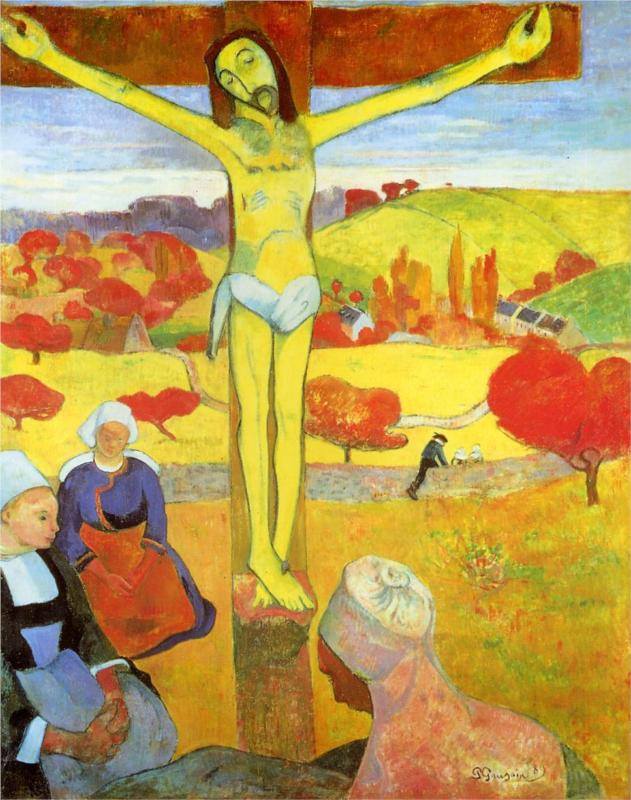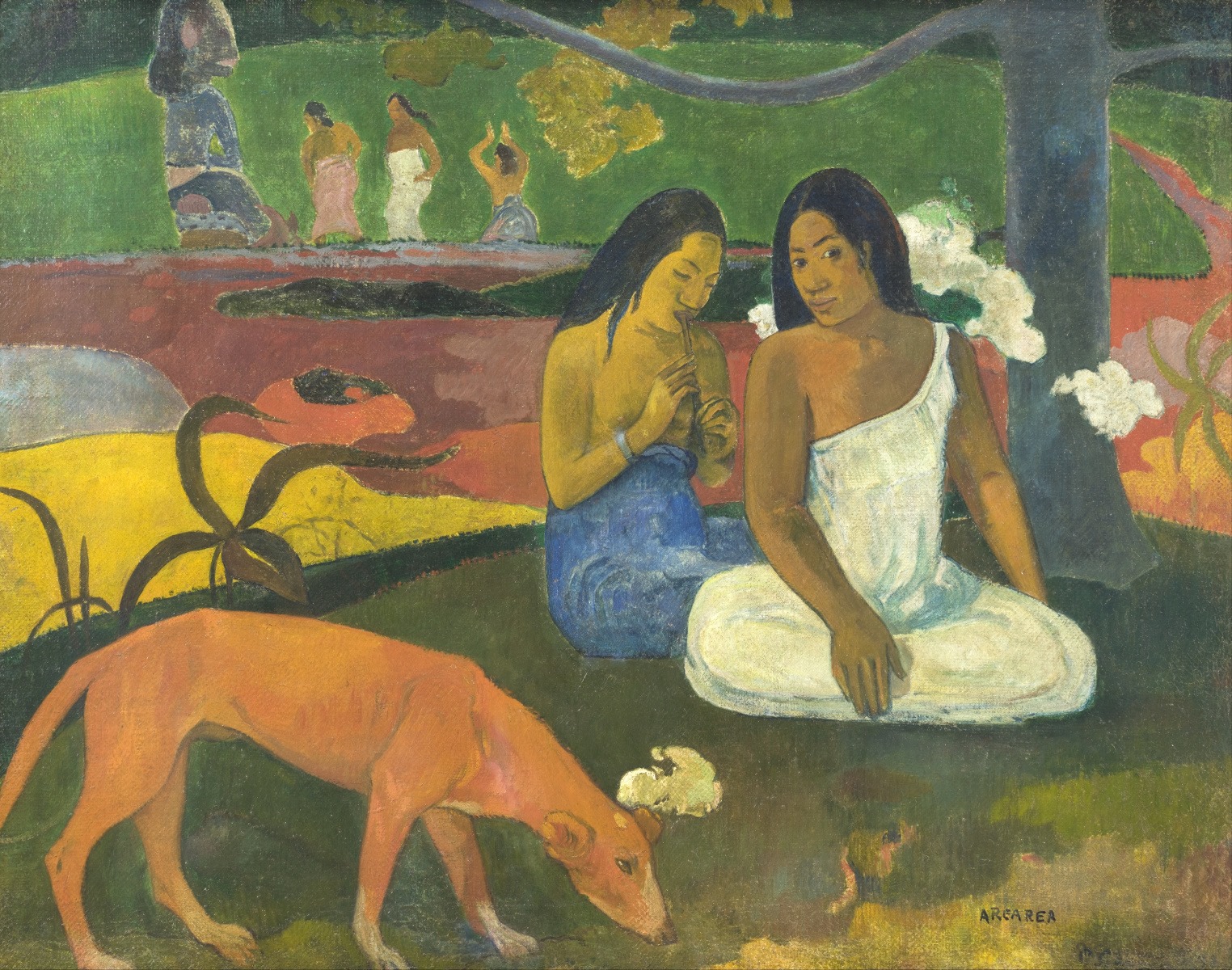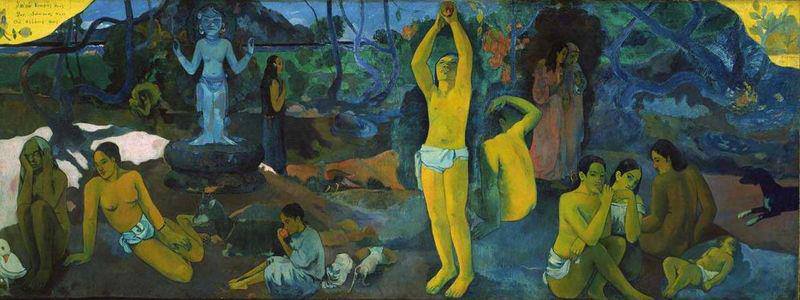For many artists, being appreciated in life is a great effort, Paul Gauguin can well prove it. A past existence in economic hardship and in the constant attempt to be understood that today is almost difficult to imagine thanks to its extraordinary success.
Who was Paul Gauguin
Paul Gauguin (Paris, June 7, 1848 – Hiva Oa, May 8, 1903) was a French painter. He grew up in the well-known district of Montmarte with his mother of Peruvian origins and his French father, a journalist for the magazine “Le National”. The tense climate created with Napoleon’s coming to power led the family to move to Lima, Peru. The death of his father during the trip, the continuous family and political problems lead Paul’s mother to want to return to France, this time to Orléans.
Coming from a mixed family was not perceived as a strength and in fact the transfers that also influenced Paul’s French, marked by a strong Spanish accent, become a problem in integration of young man at school.
Even the search for a passion for life seems very complex, the boy does not seem to find something that makes his school career vain. He therefore decides to opt for the path of Naval Academy in Paris, but once he fails the exam he still decides to enlist as a pilot student on the Luzitano freighter. This choice allows him to see the world returning to Peru, discovering Brazil and also India.
Paul Gauguin’s early years and difficulties
With the death of his mother Gauguin begins to get closer to the world of art carefully analyzing the works of colleagues such as Gustave Courbet or Eugene Delacroix. He accepts that the analysis, study, purchase and realization of works are the only thing that can make him happy. His work as a painter at the beginning is certainly not perfect given his lack of experience, but he proves to be an excellent pupil.

It also tightens friendships fundamental for his artistic maturation such as that with Degas and Cezanne but also numerous impressionists of the time. He attended a bourgeois environment granted him by a good working position and a fruitful marriage, but with the collapse of the General Union, conditions changed. He gets fired and they start for him many financial problems that lead him to throw himself headlong into painting hoping to be able to earn a living, but his works seem not to be understood.
He devoted himself for a period to handicraft works, drawing inspiration with these ceramics from the manual work observed in Peru in childhood. Getting noticed in France, however, is an impossible task for him, so he decides to move to Taboga, in the Gulf of Panama but even there luck seems to be on his side.
Paul Gauguin and life in contact with nature

After numerous attempts, including the one who sees him sharing a piece of life with Van Gogh, he decides to leave for Tahiti to spend the last years of its existence there. Here he learns the language, discovers the customs and traditions, becoming fully integrated into the community. In his biography he writes
“Civilization is slowly leaving me. I begin to think simply, to no longer have hatred for my neighbor, indeed to love him. I enjoy all the joys of free life, animal and human. I escape from fatigue, I enter nature: with the certainty of a tomorrow equal to the present, so free, so beautiful, peace descends into me; I evolve normally and I no longer have vain worries “
Here he dedicates himself to the realization of wood and ceramic sculptures decorated with Maori representations. When the time comes to return to France, Gauguin is no longer able to appreciate and live with Western dynamics. He then decides to moving to Polynesia where he returns to live a life in contact with nature and simplicity.

Life does not always turn out to be simple, on the contrary, there are many crowds that touch the artist but that he manages to transform into real art. I’m numerous works have been created in this period and are also those that characterize his a posteriori memory.

